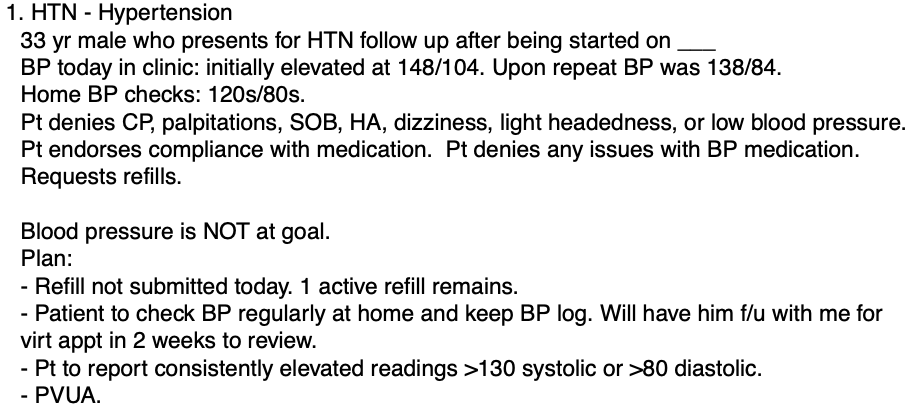Transforming Medical Notation With AI (Or "Why Are Physicians Always So Tired?) (Part I)
My incredible wife is a brilliant and gifted physician, but I’ve learned in the last few years that the biggest headache for nearly every doctor I’ve met is note-taking and charting. Oddly enough, the records you receive from your doctor through your patient-facing EHR (Electronic Health Record) system don’t just “get there” through fancy doctor magic… yet. I’m hoping to change that, purely selfishly, of course, because I’d like my wife back from the tyranny of the keyboard.
The chief problem is a physician’s time is insanely valuable. I put my old attorney hat on and recall what it was like to bill client hours before law firms truly embraced digital time tracking systems. Jotting down your every move from task to task for client A and client B, ensuring every quarter-hour was accounted for, ended up being the bane of many an attorney’s existence. Unfortunately, it’s even worse for physicians. After all, every baby lawyer quickly learns to just round up to an hour from 25 minutes, and perhaps a long lunch can be client-billable too. Very rarely does that cause more than the odd angry partner, or, worst-case, an upset client. The notes and records you find in your patient portals are, however, the critical data of your condition, condensed to its most readable but information-dense form. Think of it as a twin-prop plane used for island hopping from care provider to care provider throughout your life’s medical journey. These EHR notes can be used to assemble the full history of your medical experiences. A seasoned physician can take that compiled patient history data and assemble a map of your treatment and care, gleaning critical insights into how any chronic conditions have progressed and been treated.
That is… if these patient notes are dutifully and carefully assembled from your physician or provider’s recollection of your appointment. And given your average clinic provider sees upwards of 20+ patients a day, on top of non-medical administrative work like making sure the lights stay on in their practice, staying up to date with continuing education and the latest research, working with other physicians to consult on their patients, or any number of other things, you can easily see how in the thick of it all your physician hardly wants to spend hours out of their 7.5 to 8 hours of patient time writing up, or dictating to their EHR tool, the details of all 23 patients they saw today. From that dictated jumble of information, we need to condense it all into a readable, repeatable format for easy ingestion by your physician’s next provider. We need to turn this…

… into something readable and easy to ingest.
There’s a key format to clinical notes: the SOAP format, outlining the Subjective (complaints), Objective (data), Assessment (of the condition), and Plan (of treatment) for a patient. It seems like a fine system, and it tracks for someone in my line of work with a project management background. It screams ‘SMART’ goals, after all.
So we’ve got a bunch of unstructured raw information that needs to be converted into something legible and sensible, no matter where or who your next physician is. This sounded, to me, like an amazing use case for local AI models, specifically Ollama, OpenWeb UI, and my self-hosted homelab. My only skill is automation and tech solutions, so naturally, I’m applying it to make her life, and by extension, my life, easier.
In our next installment, we’ll outline the beginning of prompt refinement, model selection, and then deployment of the software stack I’m running locally to make everything happen.